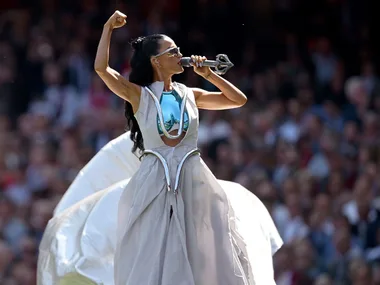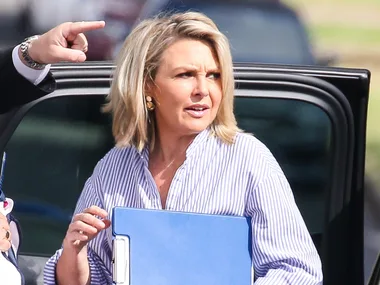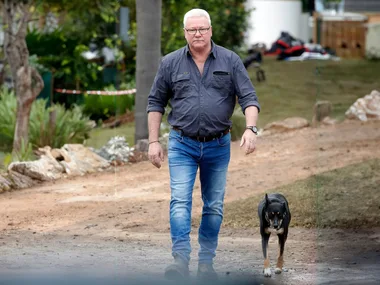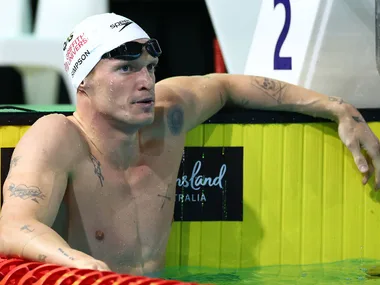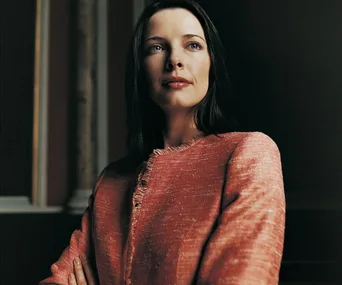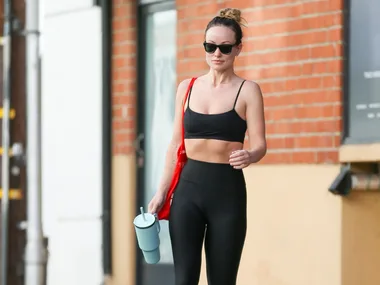In his new autobiography, Ray Martin details a childhood that saw him flee his violent father, but sitting down with ERIN CRAVEN, the respected journalist says his dark past just made him love his children even more.
Ray Martin is renowned for his friendly, mild mannered approach and easy smile. But his happy, successful life is in stark contrast to his early years of violence and terror.
In his candid new book, Ray: Stories of My Life, the 64-year-old has spoken for the first time about his heartbreaking childhood, during which he and his mother, Mary, regularly copped beatings from his abusive father, George Grace, until Mary made the brave decision to flee with Ray, then 11, and his three sisters.
Reflecting on his dark history, Ray insists he’s not bitter, instead telling Woman’s Day that his fractured relationship with his dad, whom he never saw again, made him a better parent.
“The real learning experience, having had two kids of our own, is to see what Mum did. She got us through pretty impossible odds. Even my kids when they read the book were like, ‘I can’t believe what you went through’. But my memory of it was just total love, and I can only put that down to my mother.”
Speaking to the celebrated reporter, who has spent more than four decades covering some of the world’s most dangerous, heart-wrenching and inspirational stories, it’s clear Ray’s children, Jenna, 24, and Luke, 19 – along with his wife of 40 years, Dianne – are the focus of his world.
Desperate not to be absent in his own children’s lives, Ray, who was working on 60 Minutes when Jenna was born in 1984, vowed never to miss an important occasion in his children’s life. So he quit his job as a roving reporter to accept a permanent hosting gig on variety news show Midday, based in Channel Nine’s Sydney studios.
“There was no hesitation when Jenna was born. I said, ‘I’m leaving 60 Minutes and I am not going anywhere.’ That started with her and continued with Luke. And it’s been overwhelming. In some ways, I’ve got to watch that I don’t cocoon the kids too much because of my experience,” says Ray.
Having witnessed his dad’s violent streak, including an incident where George cut Mary’s lip and threatened the family with a shotgun, Ray is outspoken on the issue of domestic violence.
“I guess domestic violence is the one thing that sort of strikes me,” he says. “And I found myself with Luke, early on, drilling into him that there’s just not ever a reason for violence against women…”


